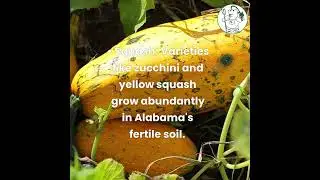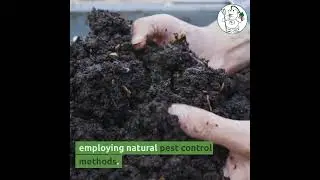Get ready to cauliflower your expectations and dive into the world of organic gardening!
Start with healthy seedlings: Choose disease-resistant cauliflower seedlings from reputable sources to ensure a strong and healthy start.
Prepare the soil: Cauliflower prefers well-draining soil rich in organic matter. Prior to planting, amend the soil with compost or well-rotted manure to improve fertility and structure.
Choose the right location: Select a sunny spot in your garden with at least 6-8 hours of direct sunlight daily. Cauliflower thrives in full sun.
Provide adequate spacing: Give each cauliflower plant enough space to grow by spacing them 18-24 inches apart. Proper spacing allows for good air circulation and reduces the risk of diseases.
Mulch the soil: Apply a layer of organic mulch around the plants to conserve moisture, suppress weeds, and maintain a more even soil temperature.
Water consistently: Cauliflower requires consistent moisture to develop properly. Water deeply and regularly, aiming for about 1-1.5 inches of water per week. Avoid overhead watering to prevent diseases.
Feed with organic fertilizer: Use a balanced organic fertilizer or compost tea to provide essential nutrients to your cauliflower plants throughout the growing season.
Monitor for pests: Regularly inspect your cauliflower plants for common pests like cabbage worms, aphids, and slugs. Employ organic pest control methods such as handpicking, beneficial insects, or neem oil to keep them at bay.
Protect from extreme temperatures: Cauliflower is sensitive to extreme heat or cold. Shield the plants from intense sunlight with shade cloth or row covers during hot summers. In cooler weather, consider using row covers or cloches to protect against frost.
Practice crop rotation: Avoid planting cauliflower in the same spot every year to minimize soil-borne diseases. Rotate cauliflower with other crops from the Brassica family, such as broccoli or kale.
Support the heads: As the cauliflower heads begin to form, gently tie the outer leaves together to protect the developing curds from direct sunlight. This helps maintain their white color and prevents bitterness.
Monitor soil pH: Cauliflower prefers a slightly acidic soil pH between 6.0 and 7.0. Test your soil regularly and make necessary adjustments using organic soil amendments if needed.
Harvest at the right time: Harvest cauliflower heads when they reach their desired size and firmness. Cut the heads from the main stem with a sharp knife, leaving a few outer leaves intact.
Store properly: Store harvested cauliflower in the refrigerator wrapped in a damp paper towel or placed in a perforated plastic bag. It will stay fresh for up to a week.
Enjoy your harvest: Cook up delicious cauliflower recipes and savor the fruits of your organic gardening efforts. Share your culinary creations with friends and family, and spread the love for organic cauliflower!
Remember, organic gardening is all about working with nature and nurturing your plants without the use of synthetic chemicals. Embrace the joy of growing organic cauliflower and reap the rewards of healthy and flavorful harvests!
https://gardenguide4all.com/how-to-gr...





![Skoda T-56 и другие Тяжелые танки Чехословакии - Танконовости №517 - От Homish и Cruzzzzzo [WoT]](https://images.videosashka.com/watch/8lpZwFJ7his)













